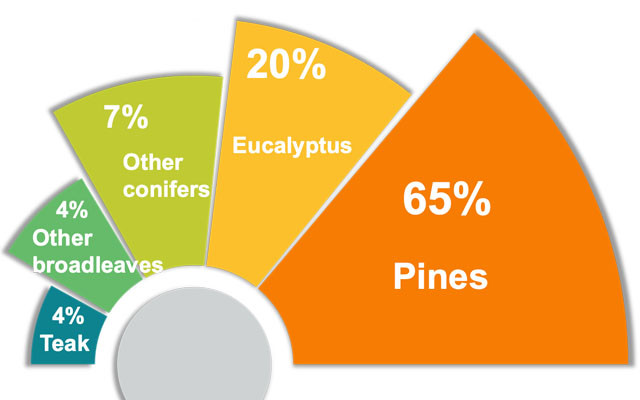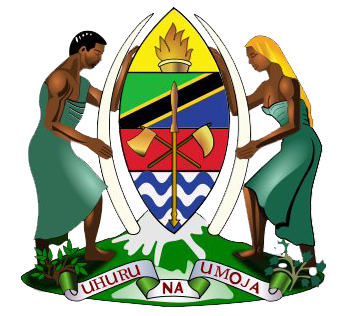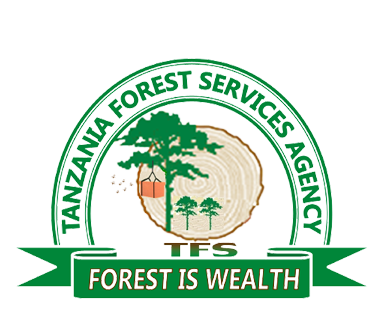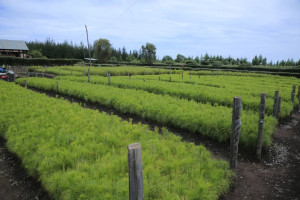Forest Plantation
Tanzania's forest resources include approximately 700,000 hectares of plantations, primarily used for industrial purposes. The central government oversees and manages 24 plantations covering about 571,222 hectares with planted area 126,200 ha, while private companies and individuals own around 200,000 hectares. These plantations mainly consist of softwoods like pines and cypress, with preferred hardwoods being Tectona grandis and Eucalyptus species
Most plantations are situated in humid mountainous areas, with the Sao Hill plantation in Mufindi being the largest in the country with about 135,903 ha. Additionally, there are black wattle plantations for tannin extraction in Njombe and rubber tree plantations in Morogoro and Tanga regions. Some smaller plantations and woodlots are also present for fuel wood purposes. Economically, forest plantations provide timber, fuel wood, and non-timber forest products, contributing to the livelihoods of local communities and supporting industries such as construction and furniture manufacturing.

Distribution of planted tree species
Opportunities on supporting sustainable Wood Value Chains for investment in options with economic potential such as EWPs processing, have not yet been fully explored, demonstrated by limited investment and bamboo farming and processing industry. Potential investment areas for establishing of new seed sources, seed laboratory, Arboretum in forest reserves and modern tree nurseries



